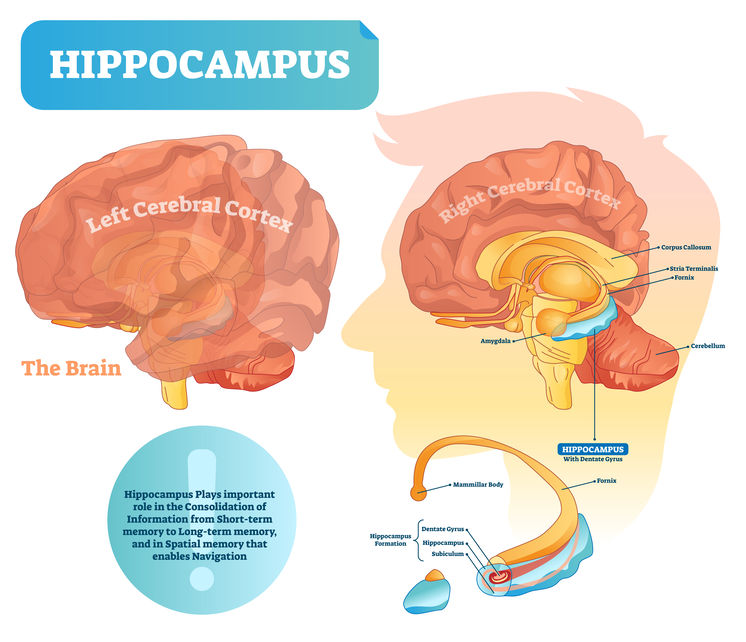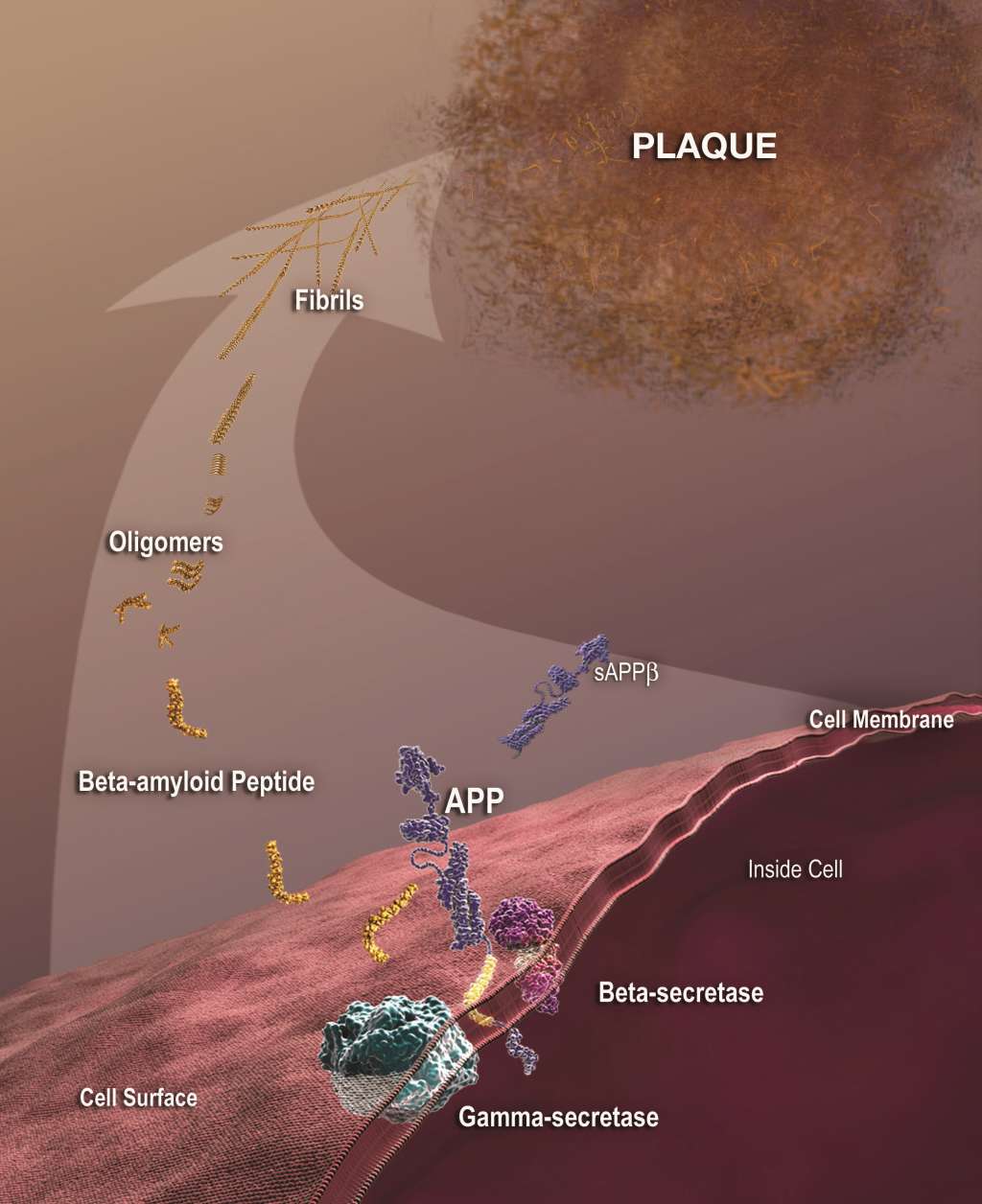The region of the brain that is most severely affected in Alzheimer’s disease is the hippocampus.
The hippocampus and adjacent structures (hippocampal formation) in the medial temporal lobe of the brain is responsible for turning information we gather from our experiences and environment into memory and learning retention that can be retrieved from the neural networks they are wired into.

As the hippocampus shrinks from the disease processes associated with Alzheimer’s disease, the ability to make new memories vital to everyday tasks are lost. Information processing and memory retention in the hippocampus is dependent on new brain cells (neurons) growing and establishing new connections.
Recent research now reveals that exposures to lead can alter the normal development of newly born neurons (neurogenesis) in this part of the brain vital to learning and memory formation. For more on neurogenesis, please read my article: “Brain-Derived Neurotrophic Factor—Growth Factors in Neurogenesis and the Protection Against Alzheimer’s Disease Progression“. (1)
In 2000, Case Western Reserve University in conjunction with the University Hospitals of Cleveland presented evidence linking lead exposure to Alzheimer’s disease (AD). They showed that workers exposed to significant levels of lead increased the chance they would develop AD. The researchers presented data that these workers had as much as a three to four times higher chance of developing this debilitating brain disease than an average person (2).
There has been concern about the exposure of children to lead for several decades. The scientific community is now (2007) exploring what they believe are significant changes in the brains of adults and the elderly when exposed to lead.
Dr. Nassar Zawia and his research group at the University of Rhode Island published a study in the Journal of Neuroscience in January showing an association between lead exposure in infancy and developing AD in adulthood (3). For more information on occupational lead exposures, please visit the Occupational Safety and Health Administration’s overview here.
In the University of Rhode Island lead study, the researchers exposed monkeys to what were once considered safe levels of lead and then studied their brains post mortem following natural deaths decades later. They found that all the monkeys had the same pattern of increased plaques in the brain including some dense plaques (2).

Image Courtesy of the NIH
These plaques, composed of beta-amyloid aggregates, are the signature lesion associated with the characteristic neuropathology of Alzheimer’s disease.
The Center for Disease Control and Prevention has lowered the acceptable lead exposure levels since this study started many years ago.
Recent events concerning toys manufactured in China have once again brought the issue of lead exposure and its effects to the forefront in the mainstream media. Other vectors for exposure include household dust contaminated by deteriorating interior lead-based pain and household dust, contaminated soil, drinking water, lead crystal, and lead-glazed pottery and cookware (4).

Lead exposures, as with any other heavy metal (cadmium, mercury and arsenic), need to be properly assessed and detoxed if found. Body burdens* of heavy metals are a risk factor for, and linked to heart disease, autoimmune disease, Alzheimer’s disease and a host of other health disorders.
Detoxification of heavy metal body burdens are highly recommended for long term health benefits and should only be implemented under the guidance of an experienced practitioner with a track record of safe and gentle heavy metal removal.
* Then accumulation of toxic chemicals, pesticides, and heavy metals we store inside our bodies is referred to by scientists as our “body burden.”
References
1. T. Verinaa, C.A. Rohdeb and T.R. Guilarte. Environmental lead exposure during early life alters granule cell neurogenesis and morphology in the hippocampus of young adult rats.
Neuroscience Volume 145, Issue 3, 30 March 2007, Pages 1037-1047
2. Koss E, et al. Abstract from American Academy of Neurology’s 52nd Annual Meeting. Neurology. 2000 Apr 11; 54(7 Suppl 3):A1-557.
3. Wu J, Basha MR, Brock B, Cox DP, Cardozo-Pelaez F, McPherson CA, Harry J, Rice DC, Maloney B, Chen D, Lahiri DK, Zawia NH. Alzheimer’s disease (AD)-like pathology in aged monkeys after infantile exposure to environmental metal lead (Pb): evidence for a developmental origin and environmental link for AD. Journal of Neuroscience. 2008 Jan 2; 28(1):3-9.
4. http://www.niehs.nih.gov/health/topics/agents/lead/





